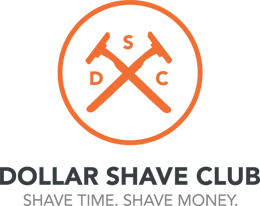
🚀 Geodesic is a cloud automation shell. It's the easy way to automate everything. Think of it as the superset of all other tools including (terraform, terragrunt, chamber, aws-vault, aws-okta, kops, gomplate, helm, helmfile, aws cli, variant, etc) that we use to automate workflows. It's a bit like a swiss army knife for creating and building consistent platforms to be shared across team environments.  It easily versions staging/production/dev environments in a repeatable manner that can be followed by any team member with only a single dependency: docker. Because of this, it works with Mac OSX, Linux, and Windows 10. Learn how you can use the geodesic shell to improve your DevOps workflows! These are the slides from the live demo at the West Los Angeles DevOps Meetup.
It easily versions staging/production/dev environments in a repeatable manner that can be followed by any team member with only a single dependency: docker. Because of this, it works with Mac OSX, Linux, and Windows 10. Learn how you can use the geodesic shell to improve your DevOps workflows! These are the slides from the live demo at the West Los Angeles DevOps Meetup.
Erik Osterman is the founder of Cloud Posse, a DevOps professional services company that specializes in cloud migrations and release engineering. Previously he was the Director of Cloud Architecture, for CBS Interactive where he led cloud strategy across the organization.


